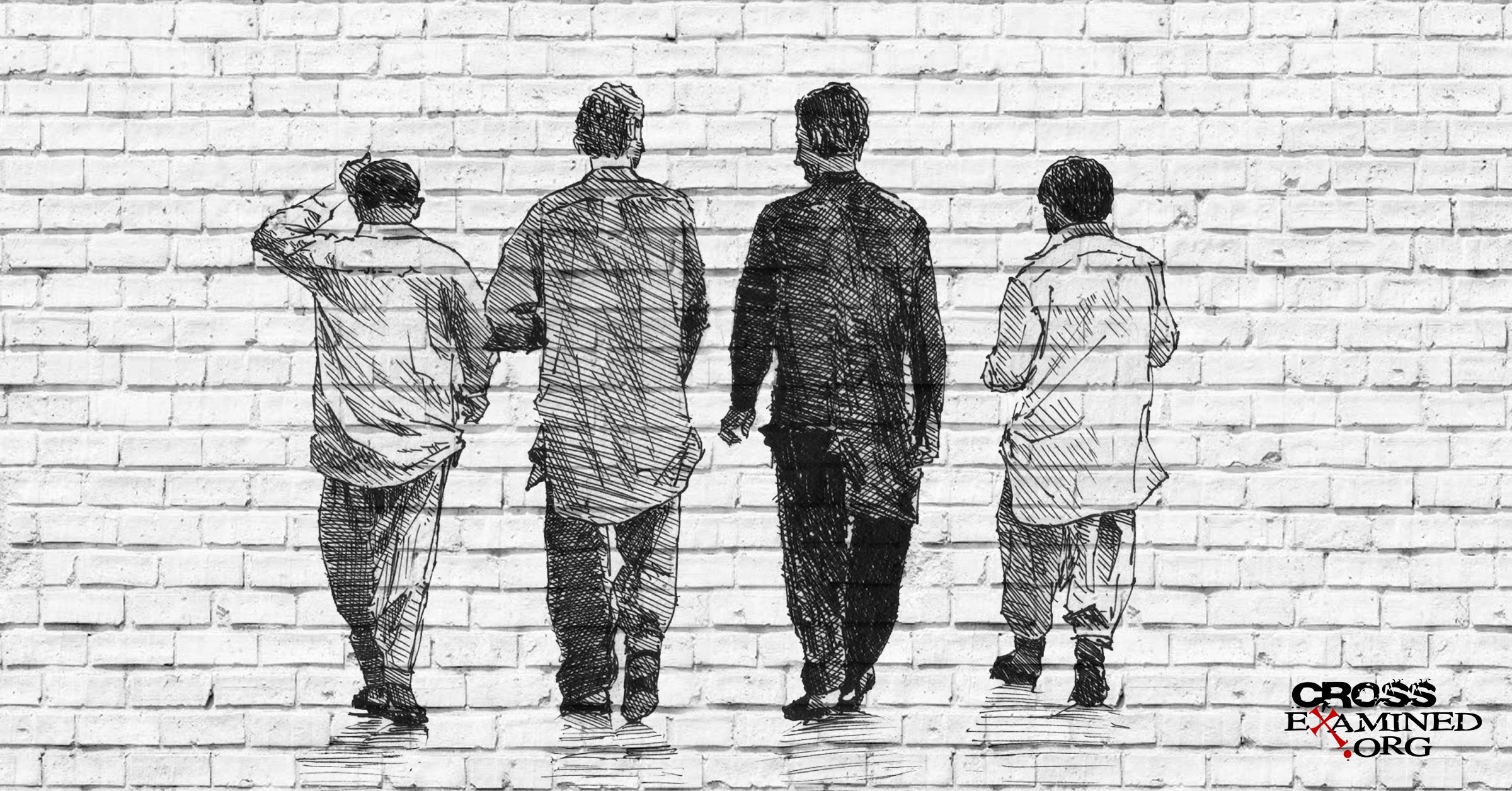Is the Late First-Century Too Late for Eyewitnesses of Jesus to Have Lived?
By Brian Chilton
The more I study the New Testament documents, the more I am convinced that the documents, particularly the Synoptic Gospels, are earlier than expected. Scholars like W. F. Albright and John A. T. Robinson—both who are not necessarily conservative in their approach but respected in their field—date the NT texts much earlier than even most conservative scholars do. Norman Geisler notes,
“Known for his role in launching the “Death of God” movement, Robinson wrote a revolutionary book titled Redating the New Testament, in which he posited revised dates for the New Testament books that place them earlier than the most conservative scholars ever held. Robinson places Matthew at 40 to after 60, Mark at about 45 to 60, Luke at before 57 to after 60, and John at from before 40 to after 65. This would mean that one or two Gospels could have been written as early as seven years after the crucifixion. At the latest they were all composed within the lifetimes of eyewitnesses and contemporaries of the events. Assuming the basic integrity and reasonable accuracy of the writers, this would place the reliability of the New Testament documents beyond reasonable doubt.”[1]
Even so, most conservative scholars would date the Gospel of John, the Letters of John, and the Apocalypse (i.e., Revelation) to the latter quarter of the first-century. Is this too late for eyewitnesses to have survived? Can we legitimately expect that eyewitnesses of Jesus in the 30s lived into the 80s and 90s? Actually, the answer is a surprising and resounding, yes! New Testament scholar, Craig Blomberg, explains,
“Many babies, children, and young adults in the ancient world died because of rampant disease without modern medicine. An ‘average’ is not a maximum upper limit; it is a figure arrived at by adding a group of numbers together and dividing by the number of elements in the group. Records from all over the ancient world describe a considerable number of people living into their fifties, sixties, seventies, eighties, nineties, and occasionally beyond 100 [Pirke Aboth 5.24]. The percentage of the population in any given place and time that did so was noticeably smaller than it was in developed countries today, and that percentage shrank even faster from one decade of life to the next than it does today. But nothing precludes Matthew, Mark, and Luke from having lived into their seventies.”[2]
Scholars unanimously agree that the New Testament was completed by the end of the first-century. Therefore, even if it is true that a large portion of the New Testament was completed in the late first-century, it is completely possible that a large body of Jesus’s eyewitnesses were still alive to check the veracity of the documents. Consider this: if the apostle John was 20 when Jesus died and resurrected in AD 33, then he would have been a mere 72-years-old in AD 85, the date when most scholars hold that the Fourth Gospel was written. With Blomberg’s research, it is completely feasible to accept that John could have lived to that age. Thus, we have further reasons for accepting the New Testament’s reliability as eyewitnesses could have lived even towards the end of the New Testament’s completion.
Original Blog Source: http://bit.ly/2phFFvE












Leave a Reply
Want to join the discussion?Feel free to contribute!